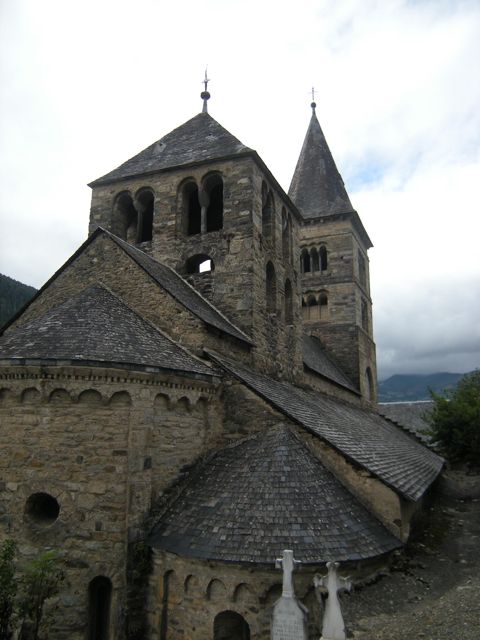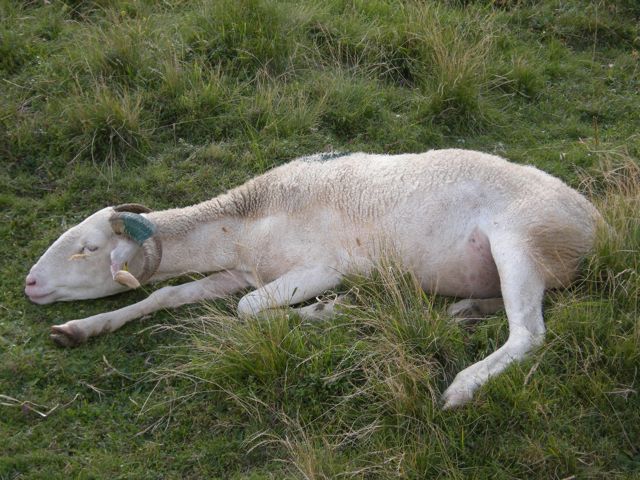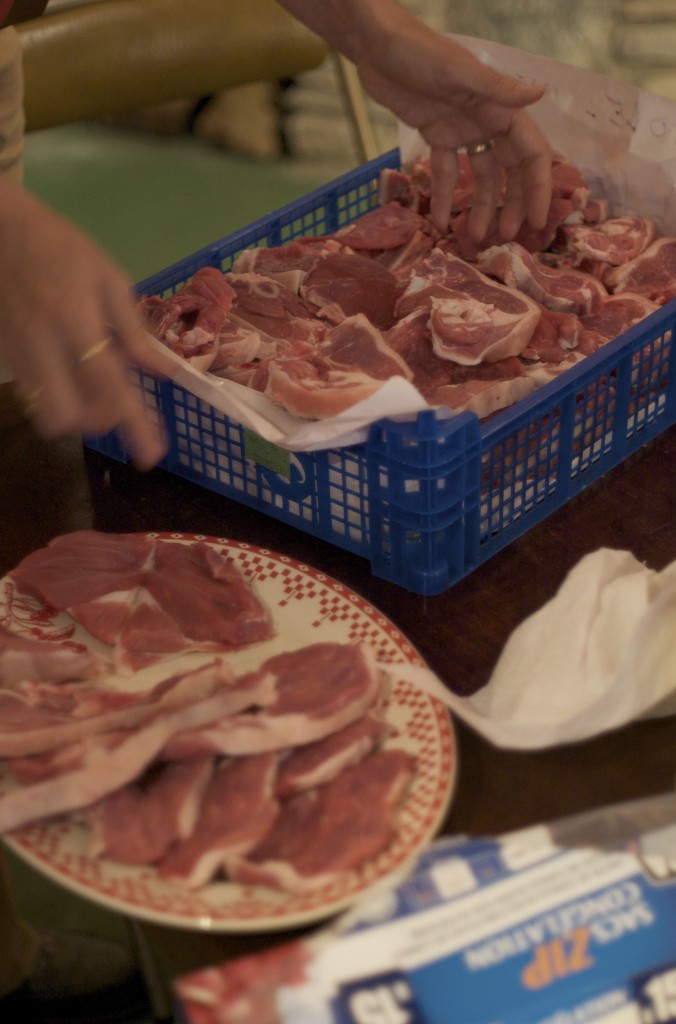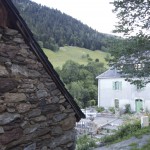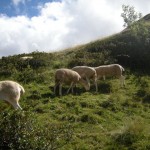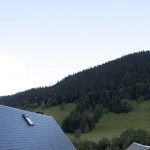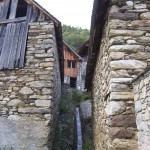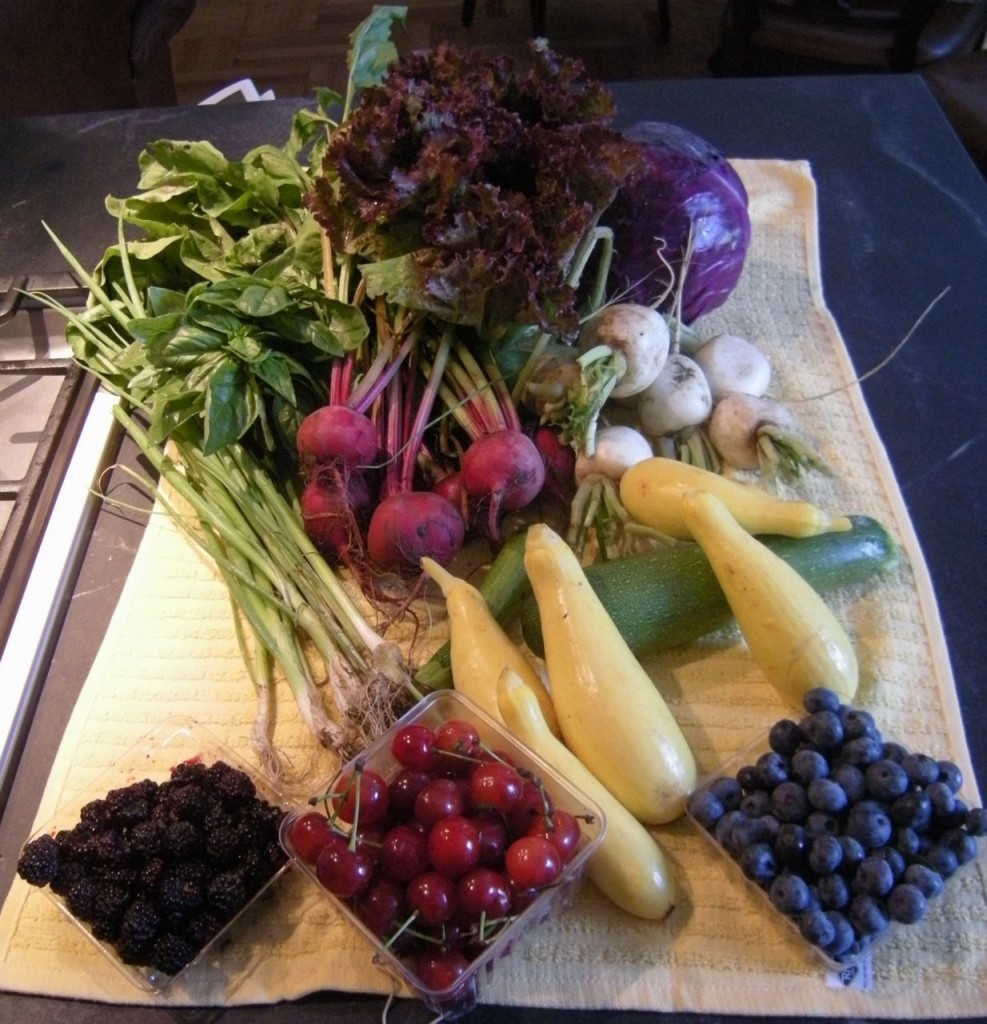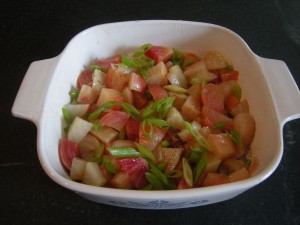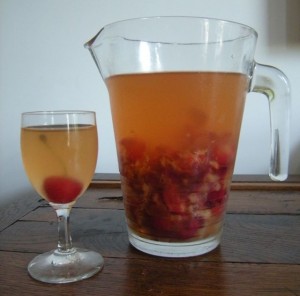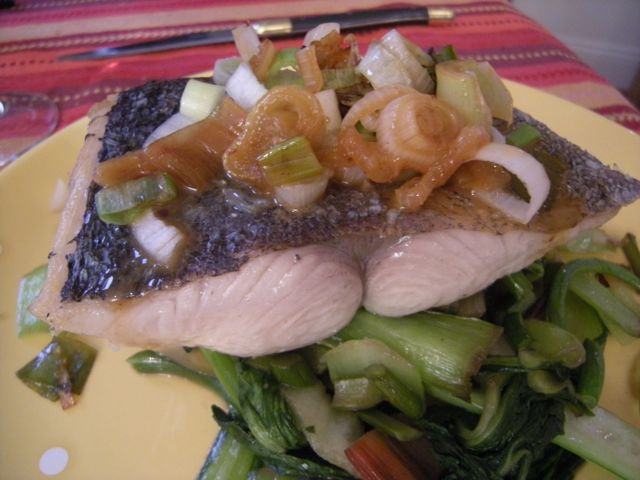
We are trying to settle a minimum into our new place before taking off for 6 weeks in France/Luxembourg. We will mostly be in the Southwest though the first week in the Southeast, then a final week in Luxembourg. If you are traveling around these areas come and see us!
Pierre will be at the fabulous Lodève poetry festival : Les Voix de la Mediterranée (July 18-27). He will perform almost every day and we will meet up with him around July 24th. Miles Joris-Peyrafitte and I will debut our duo tour in the streets of Aix, Montpellier, Lodève and we will have 2 concerts in Peyragudes (Thursdays 6 & 13 of August). Peyragudes is a resort next to Luchon. I do hope to be able to post photos and recipes as often as possible. Meanwhile I have to run to open more boxes in order to repack! I want to leave you on a less frantic note. Below, a beautiful recipe from Ken Albala. Ken is a food historian, a great investigative cook, and an excellent writer. Ken’s books should be on your summer reading list. I am savoring his book on beans myself and always read his blog, Ken Albala’s. Today I am cross posting my favorite kind of paté. Like Ken, I like chunky patés, and am not a fan of the smoothie spreading kind. This recipe is terrific and I can’t wait to be back in the fall to make it; here is the direct link: http://kenalbala.blogspot.com/2009/07/pate-de-campagne.html.
And OUI! this is a what I call a TRUE Paté de Campagne!
Saturday, July 4, 2009

I have to admit, I was not sure what this would be when I started. And I’m still not sure. A souse, coppa di testa, sulze. Not really, those are all set in gelatin. Nor really a pate, because it isn’t smooth and spreadable. Not that a pate de campagne should be. So there it is. And have to admit, this solid toothsome version is much more interesting than the cream-laden versions one normally sees, covered in bacon. If you want bacon, eat bacon. This one is actually cured pork. Very simply seasoned.
SO, I offer you a recipe! In standard format. Ah me. But technique IS antiquated.
2.5 lbs of boneless pork shoulder, or 4 fatty country ribs.
2 tbs salt
1 tsp coarsely ground pepper
1 tsp thyme or other herb you like, esp. juniper
1 good pinch instacure #1 (pink curing salt)
3 ice cubes
Coarsely chop the pork and pork fat into small nubbins. Add the seasonings. Mix and put in the fridge for 5 days to cure. Then put the mixture into a large mortar and pound the hell out if it for about 15 minutes. Throw in the ice cubes as you go. This is a GREAT upper body workout. I suspect if you kept going with this you would have a smooth bologna. The mixture is very much a sausage mix, with darker, lighter and white fat in a suspension but still separate, which would not work in a grinder or processor. If you have a large beef bung I would stuff it in there. I used a large round porcelain ramekin. Cover it with plastic wrap, and place in a steamer. Steam gently for 40 minutes. Cool and refrigerate at least 24 hours. Slice and serve with mustard, good rye (which I baked yesterday) and cornichons – which alas I had not. You can also slice this very thinly and make sandwiches. The next time I do this I am going to pour in a glug of cognac, or maybe vinegar. Gin would be lovely too.


